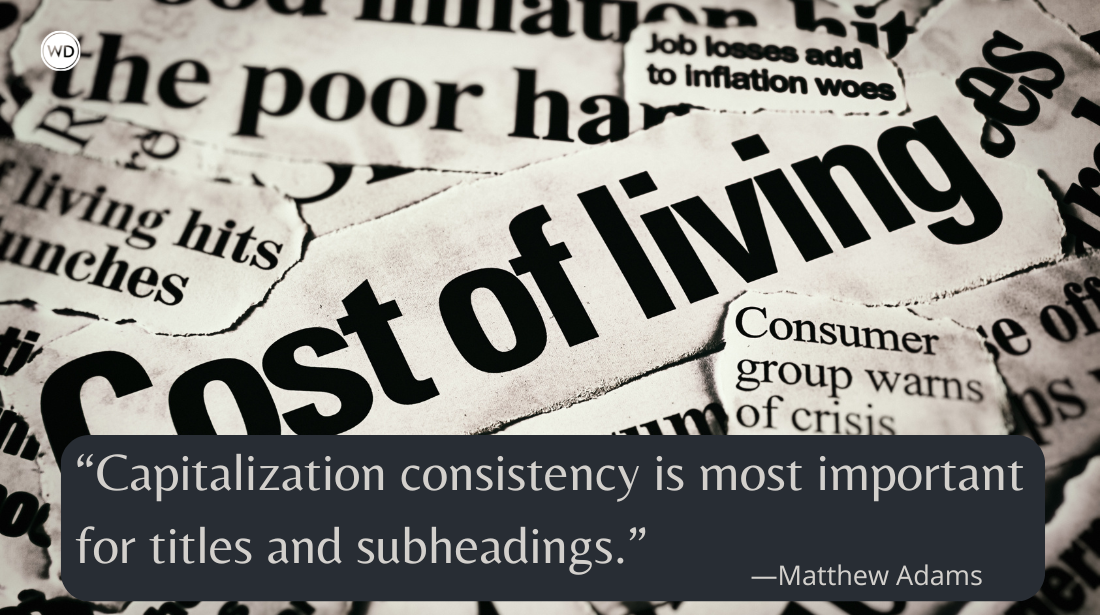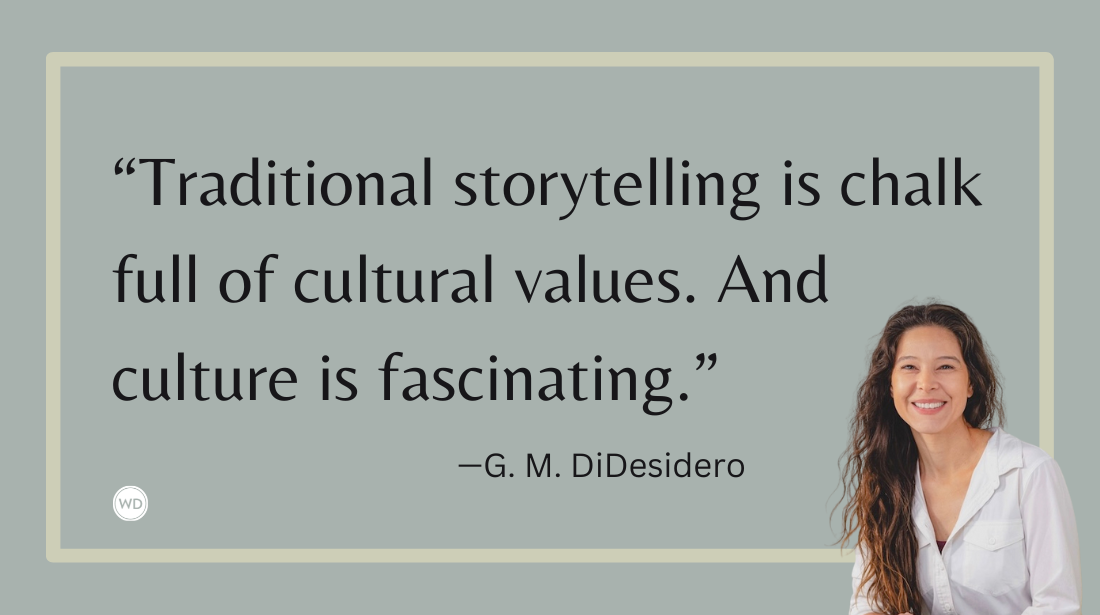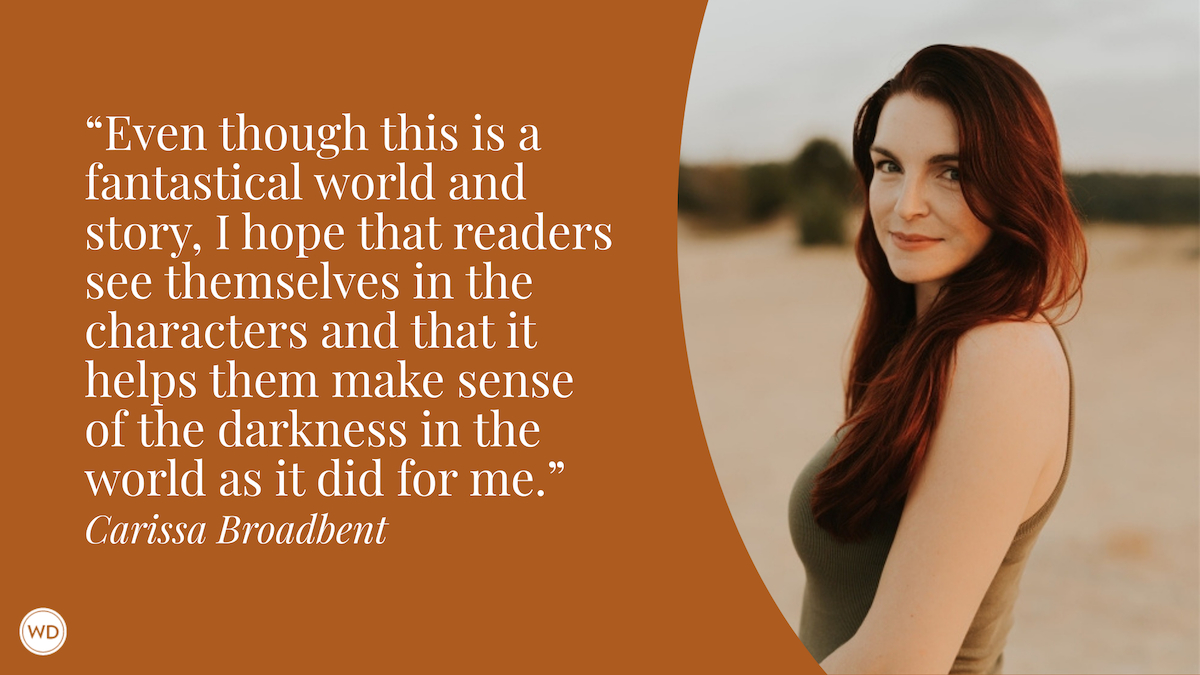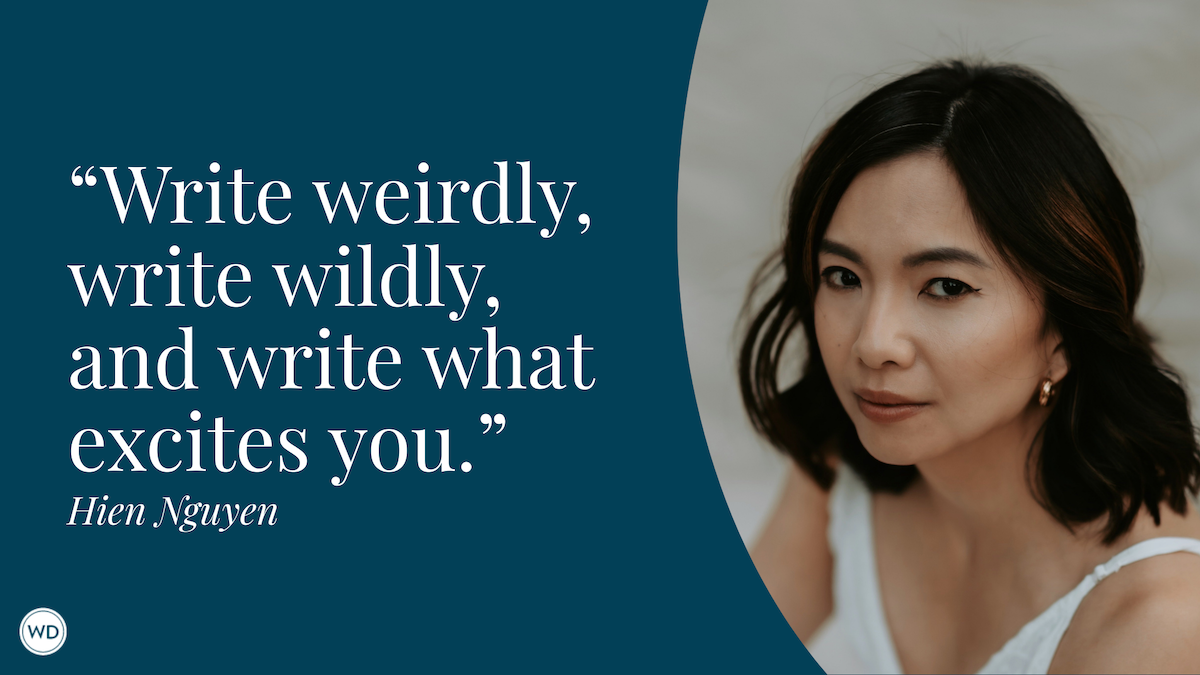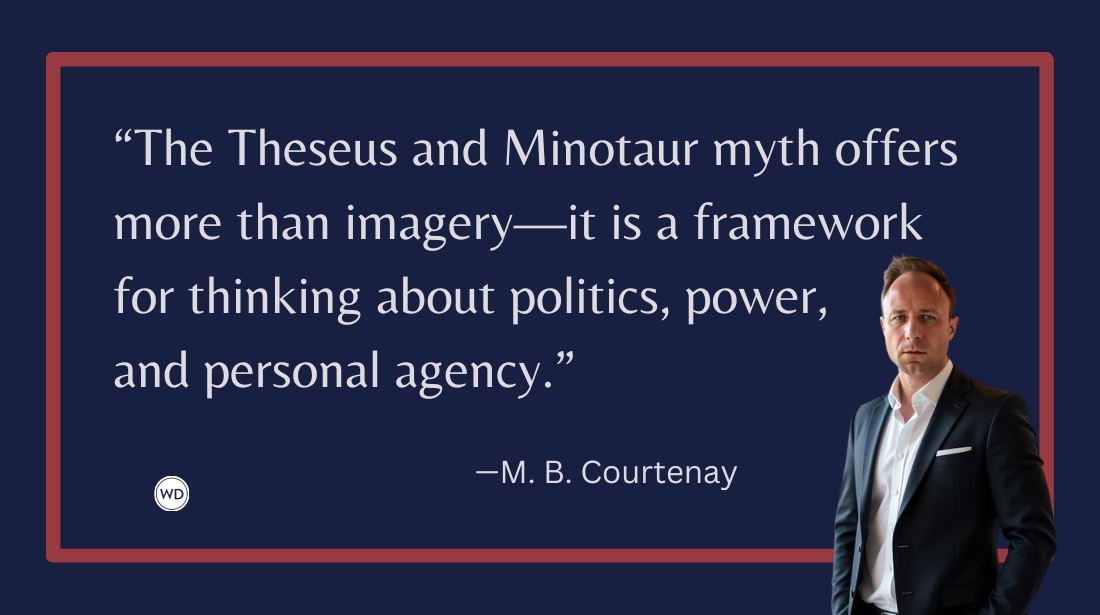Using Beats To Improve Dialogue and Action in Scenes
For many writers, dialogue is one of the most difficult things to get right. Here, author and educator Audrey Wick shares how to use beats to improve dialogue and action in scenes.
One of a writer’s greatest tools is the use of dialogue. When dialogue is written well, characters come alive, plots advance, and readers are frantic to turn the pages as they dive deeper into the story.
But writing dialogue isn’t easy.
Characters need voices, and the words they express should match their personalities, ages, and professions to be authentic. Then, readers need to stay organized with who is speaking and when.
That’s where dialogue tags can be used.
To guide the reader in who is speaking, general tags like “he said” and “she said” can be placed before or after various lines. Character names can also be used, of course, and simple tags like these can be effective in lots of situations.
Yet there is more to dialogue writing than this.
Consider the use of beats.
Beats are used in between lines of dialogue to enliven the action of the character speaking. Think of this technique as a form of narration because the purpose of the words are to communicate movement, convey an emotion, or evoke a general feeling for the scene.
To improve dialogue, beats can be used in a variety of ways.
Consider this scene:
Phillip’s eyes held Daphne’s attention. “I want to be completely honest with you. These last few months together have been the most enjoyable of my life. I’ve counted down the days until the right moment to ask you this question. Will you marry me?”
Now, consider what happens when beats are added:
Phillip’s eyes held Daphne’s attention. “I want to be completely honest with you.” He reached for her hands, drawing her closer to him. “These last few months together have been the most enjoyable of my life. I’ve counted down the days until the right moment to ask you this question.” He paused as he dropped to one knee. “Will you marry me?”
With beats, readers see character movement as well as the emotional subtext of a scene. In this example, a marriage proposal can be conveyed without using those words, all thanks to the dialogue and the beats.
An added benefit is that the dialogue sounds more natural because beats allow for interruption and natural pauses. For instance, before Phillip asks Daphne to marry him, he would naturally pause as he changed from a standing position to a kneeling one. Adding this movement in between lines of dialogue fulfills the natural moment of pause that punctuates his proposal.
Now, readers are holding their breath with Phillip as he awaits an answer from Daphne.
In turn, beats help regulate pacing.
For especially heavy scenes of dialogue, this can be an important element to control. Still, there’s no magic formula for how often to add beats, and there are no hard and fast rules about exactly where they should occur. In some instances, beats might actually interrupt the dialogue.
Consider this scene:
Rosa stumbled backward. “Don’t come any closer. I don’t want you here. You know you’re not supposed to be here.”
Now, consider this scene, with a beat at the end of the dialogue:
Rosa stumbled backward. “Don’t come any closer. I don’t want you here. You know you’re not supposed to—” As she held up her hand, the intruder lunged forward and grabbed her.
Here, an unfinished final line of dialogue signals an abrupt change in the scene. Something dramatic has just occurred to pause the character before the sentence is complete. Then, a beat adds further suspense to make the action more tense.
Whatever the genre, writers can experiment with placement of beats around dialogue to achieve different effects.
So, the next time you are wrestling with your characters’ voices, consider the use of beats to help improve their scenes.
Audrey Wick is an author with Harlequin (Harper Collins) and full-time professor of English at Blinn College (Texas). She has authored educational content in college textbooks for Cengage and been a repeat contributor to Writer's Digest, Woman's World, and Chicken Soup for the Soul, with stories also appearing in various literary journals. Audrey believes the secret to happiness includes lifelong learning and good stories. But travel and coffee help. She has journeyed to over twenty countries—and sipped coffee in every one. See photos on her website audreywick.com and follow her on X and Instagram @WickWrites.




